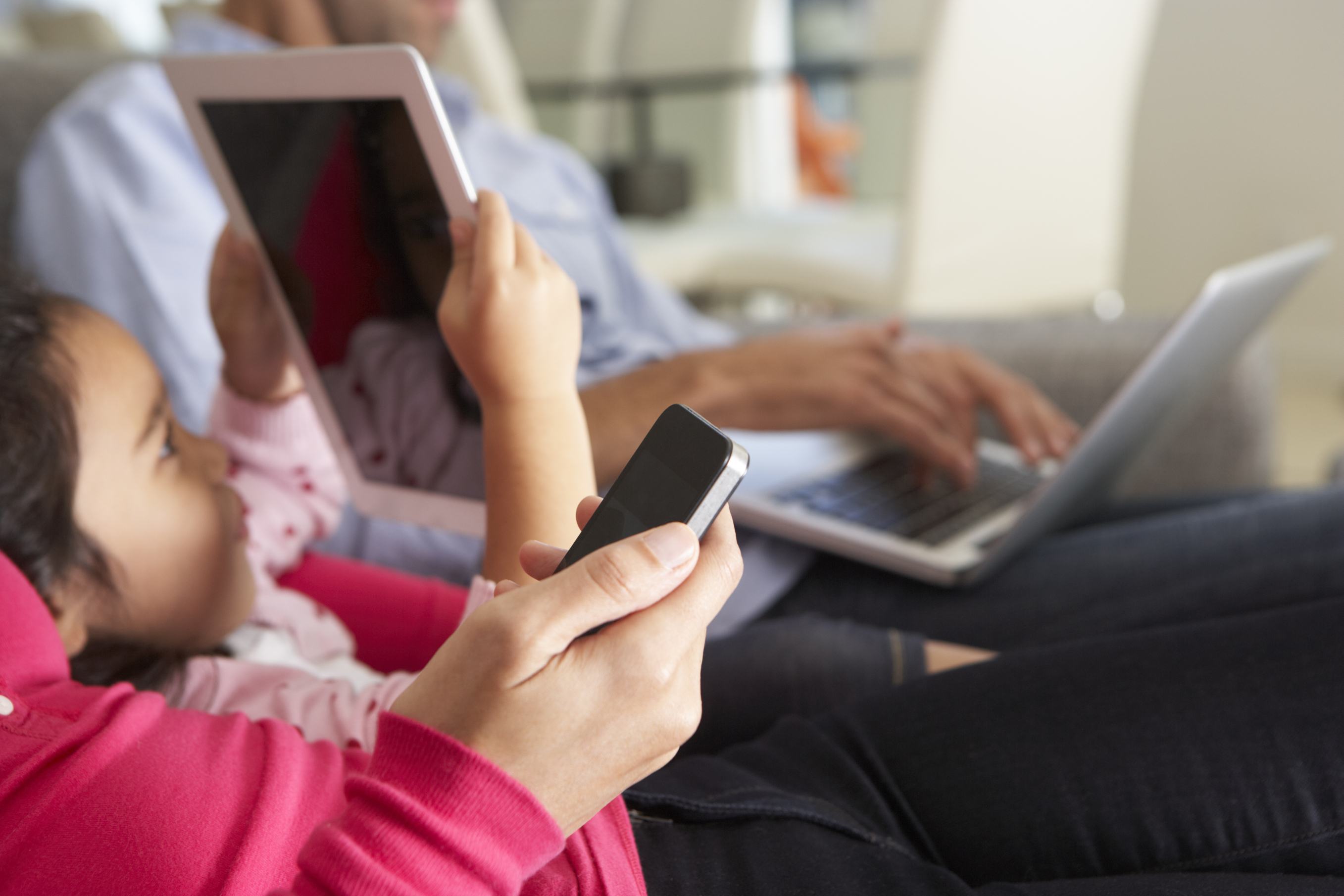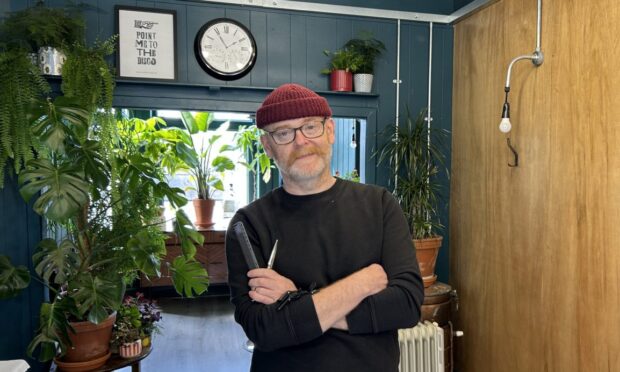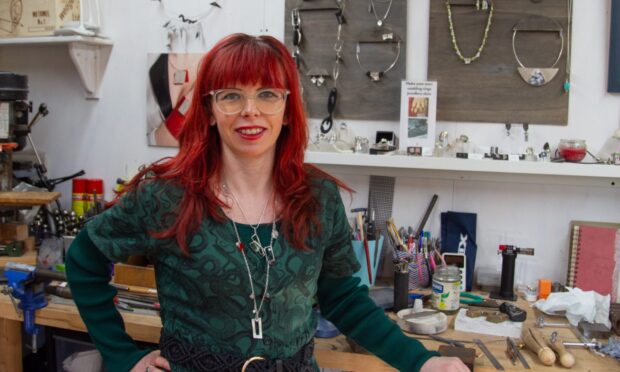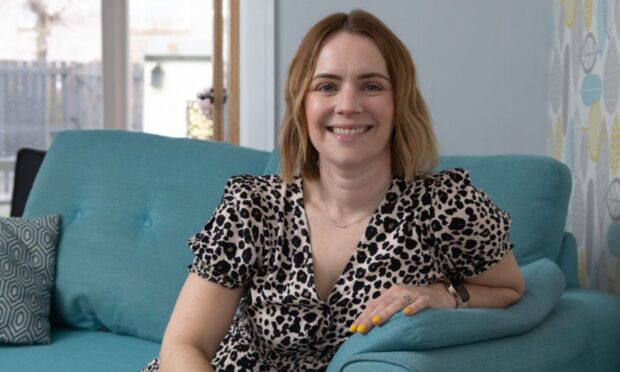Picture the scene: it’s teatime in any normal household and dad’s on his
iPad checking his work emails while absent-mindedly grabbing a few mouthfuls, mum’s on her mobile arranging to meet a friend, and the
kids are texting their pals or playing games.
No wonder parenting experts are warning that digital devices are harming relationships, stopping youngsters from developing face to face communication skills and teaching children that disappearing into digital devices for hours is OK.
Luckily National Unplugging Day (NUD) on June 26 is coming to the rescue, asking us all to go back to the good old days before technology by putting down our smartphones, tablets and computers for 24 hours to experience life unplugged.
The event is the brainchild of Gemma Johnson, CEO of family finance site MyFamilyClub.co.uk, who says: “National Unplugging Day is the largest digital detox movement for families in the UK.
“The idea is to give families an opportunity to spend the whole day off-line, reconnecting with each other and having a break from the demands of technology.”
Studies suggest the average child spends up to six hours a day using digital devices, and Gemma believes there isn’t enough awareness around the physical toll that this takes on youngsters.
“Parents are unaware of the potential damage to their children’s spine, their posture, the serious long-term health implications of not enough sleep, short sightedness etc,” she adds.
“I am passionate about finding ways to get the message out there on the physical and emotional damage digital burnout can do to our children,” she goes on, stating that ideally children shouldn’t spend longer than two hours a day on devices, and, while doing so, should focus on something in the distance as often as possible to exercise their eyes.
Make the most of National Unplugging Day by spending time together as a family, talking and communicating.
Gemma adds: “There are huge advantages for children using technology but it’s all about putting boundaries in place.
“If we want to encourage change in our children, we have to set a good example.”
www.nationalunpluggingday.co.uk
Did you know?
According to Child Accident Prevention UK children have more accidents because parents are distracted by their smartphones.
The numbers of myopic (short sighted) children in India has doubled in a decade due to excess use of electronic gadgets.
The average parent spends up to five hours per day on a smartphone.
15% of children spend in excess of six hours of screen time across various devices.
More than half of parents would like to go back to the days of no technology or smartphones.
Four in 10 parents use technology to calm their children down or to stop family arguments.
Research carried out by kids’ clothing company Vertbaudet revealed that four in five parents believe technology is good for their children – in moderation.
Over the course of childhood, children spend more time watching TV than they spend in school and will have spent a full year of 24-hour days watching recreational screen media.










